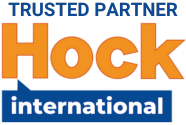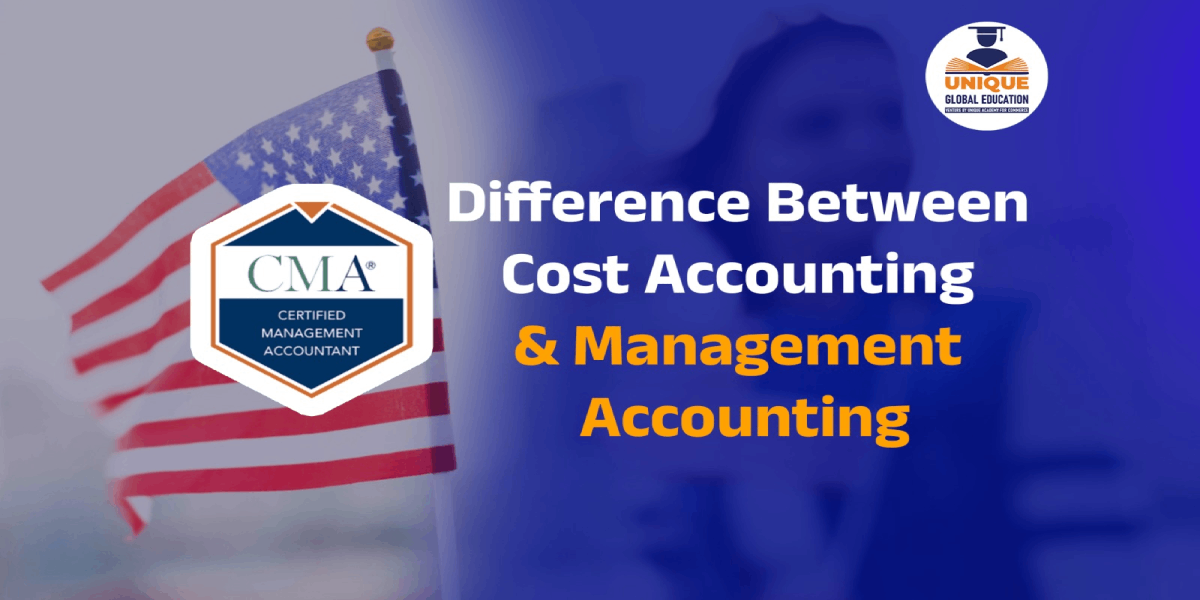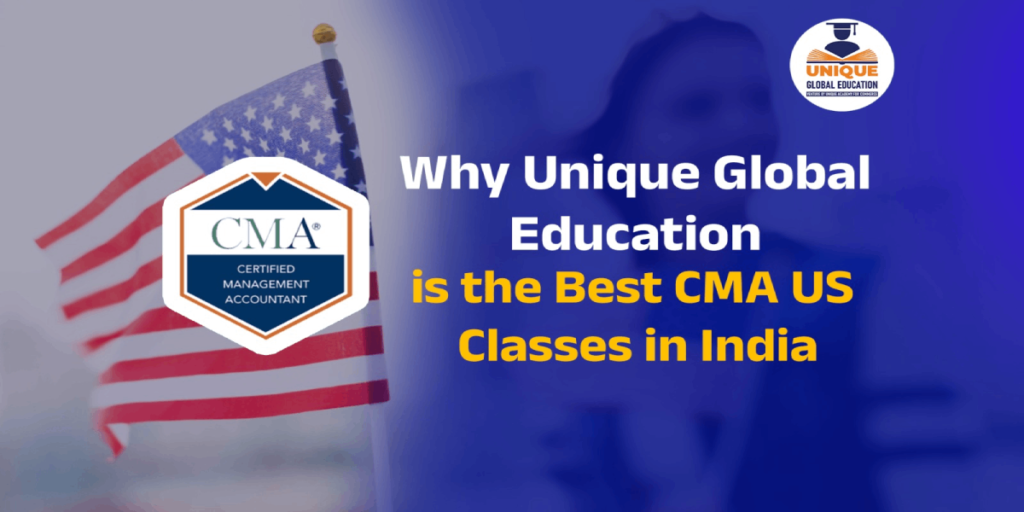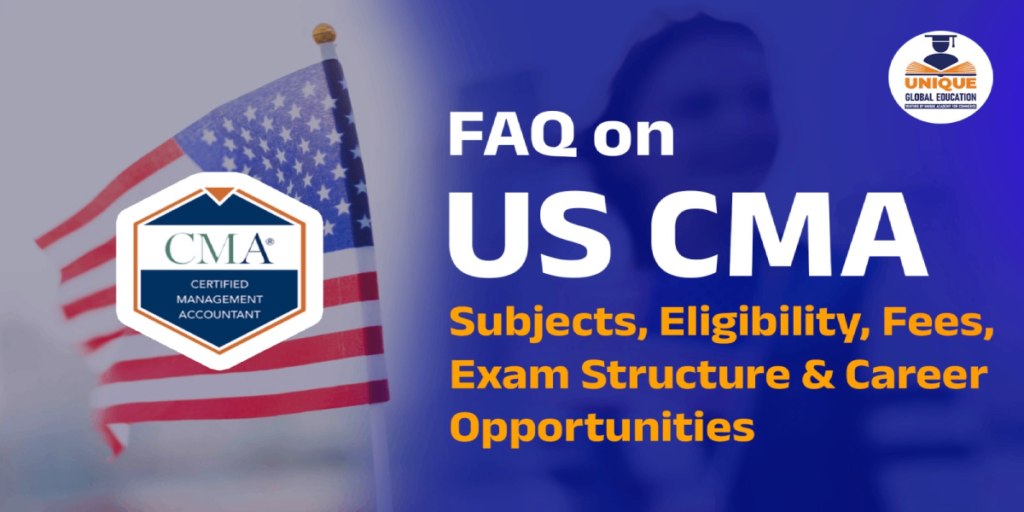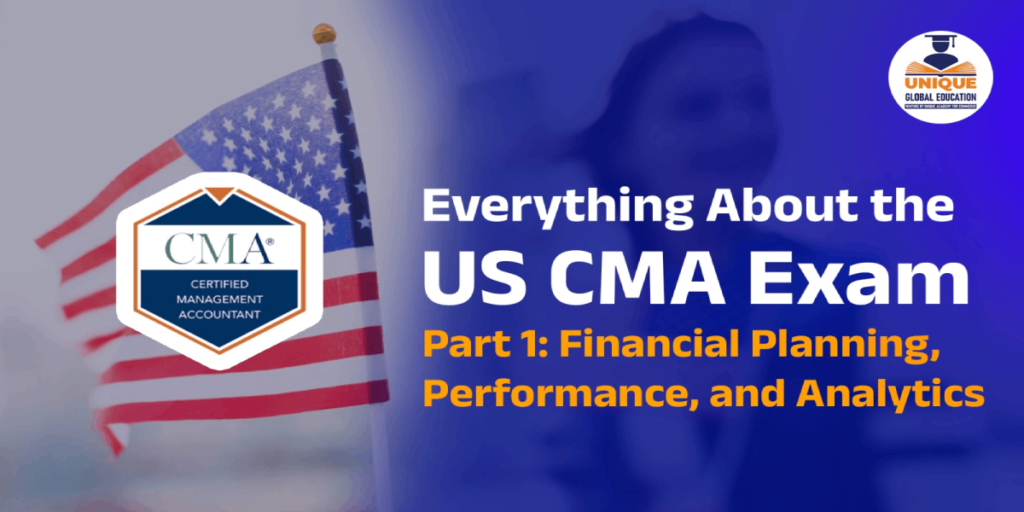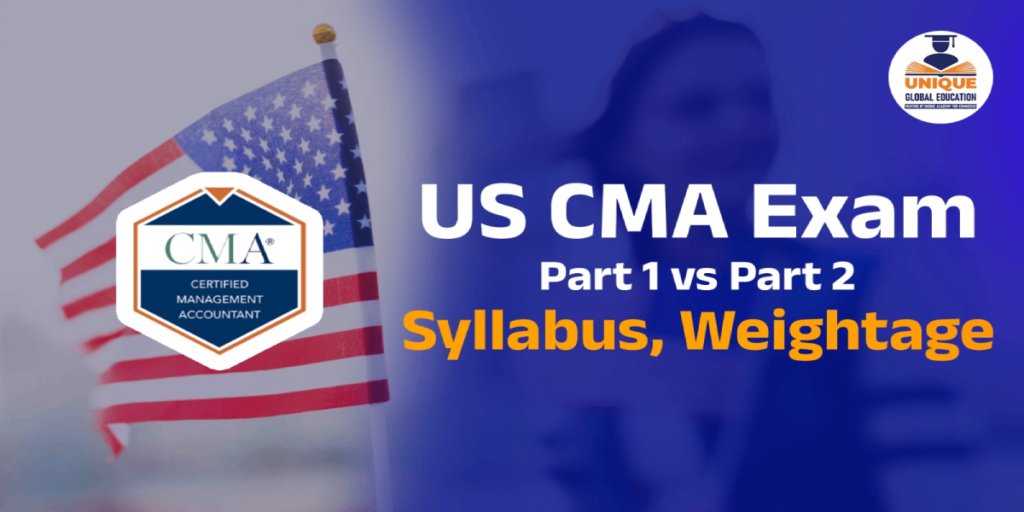Accounting is essential for businesses as it provides information on their financial performance which helps in making strategic decisions. For resource management and planning, there are two specialized branches—cost accounting and management accounting.
While they are related, they have different aims, scopes and use. In this blog, we discuss these distinctions, their significance, methodologies and applications.
Table of Contents
Understanding Cost Accounting
Cost accounting is concerned with the costs of producing goods and services in a company by collecting, analysing, and controlling cost data.
Its fundamental purpose is to calculate the cost of production and find ways to spend lesser money while not compromising with quality. It is the subset of accounting that deals with cost-related information; it provides information about costs at different points in production.
Key functions of cost accounting include:

- Cost Assessment: Assessing cost of materials, direct labour, and overhead.
- Cost Control: Finding opportunities for cost savings, such as eliminating waste.
- Budgeting: Accurate cost data for budget preparation.
- Pricing Decisions: Helping understand production costs to ensure competitive pricing.
Cost accounting techniques, such as job costing, process costing, and activity-based costing, help allocate costs precisely. It depends heavily on past data, creating efficiencies by studying costs that have already been incurred.
Understanding Management Accounting
Management accounting (also called managerial accounting) is a rare functional area that provides both financial and non-financial information for internal decision-making.
Management accounting differs from cost accounting: while cost accounting is focused on costs, management accounting encompasses revenues, profits, market trends and operating metrics. Its aim is to help managers plan, control, and make strategic decisions to reach organizational goals.
Key functions of management accounting include:
- Forecasting: Analysing financial forecasts, and market trends for strategic plan.
- Decision-Making: Analysing chances such as investments or product launches.
- KPIs: key performance indicators to evaluate the performance
- Financial analysis and Modelling: The 4th service areas are the pick of all as we train and brief clients about reading financial statements and analysing future based on the current performance.
Management accounting uses tools such as budgeting, variance analysis, break-even analysis, and financial modelling. It is predictive, focusing on projections and trends rather than on what we know about the past.
Get Details for US CMA Classes Online & Face to Face Batches
Key Differences Between Cost Accounting and Management Accounting
Cost accounting and management accounting have some overlap but serve very different purposes and contexts. Here are the main differences:
1. Objective
- Cost Accounting: Determines and focuses on controlling the costs for production.
- Management Accounting: All the relevant data inputs, precisely what is needed for planning and managerial decision-making.
2. Scope
- Cost Accounting: Specialised, only useful to accessing information pertaining to variable cost like materials and labour.
- Management accounting: Providing direction for costs, revenues, profits, customer non-financial metrics, and so on.
3. Focus
- Cost accounting: Focuses on past costs to make processes more efficient.
- Management Accounting: Presentation mood, using actuals for disclosures. Management Accounting: Forward-looking, using forecasts and budgets for strategic action.
4. Users
- Cost Accounting: Cost accountants, production managers emphasizing cost control.
- Management Accounting: Serves top-management and executive needing data for strategic decisions.
5. Nature of Data
- Cost Accounting: Cost Accounting is quantitative in nature as it deals with numerical cost figures.
- Management Accounting: Integrates quantitative and qualitative data such as market trends and customer feedback.
6. Time Frame
- Cost Accounting: Short term, linked with production cycles.
- Management Accounting: Long-term, prevailing in accordance with strategic goals.
7. Reporting
- Cost Accounting: Generates cost reports such as cost sheets, which are intended for internal use.
- Management Accounting: Prepares diverse reports, including budgets and performance evaluations, for organizational leaders.
8. Statutory Requirements
- Cost Accounting: Perhaps legally necessary in sectors like manufacturing where cost audits are conducted.
- Management accounting: No regulatory requirements apply because it is for internal use.

9. Techniques Used
- Cost Accounting: Standard costing, marginal costing and activity-based costing are used.
- Management Accounting: Uses ratio analysis, cash flow analysis, and scenario planning.
10. Dependency
- Cost Accounting: Works in isolation and deals with cost data.
- Management Accounting: It is made up of cost accounting data and other financial and non-financial information and integrates those things together.
Practical Applications
Consider a company manufacturing smartphones to illustrate these differences:
- Cost Accounting Example: The cost accountant reviews costs incurred in producing smartphones, categorizing them into raw materials (such as screens), labour (such as assembly workers’ wages), and overheads (such as factory utilities). Detecting high material costs, the accountant suggests a less expensive vendor, reducing costs by 8%.
- Management Accounting Example: The management accountant prepares a report to the CEO that forecasts next quarter’s sales based on market trends and competitor pricing. With data about what’s essential and what’s cost-effective (and why), the report also accounts for customer demands in terms of new features. The CEO uses this to greenlight a new product line.
Complementary Roles
Cost accounting is complemented to management accounting. Cost accounting then gives a finer collection of cost information that management accounting broadens out on for overall strategy.
For example, a management accountant might analyse cost data to evaluate the profitability of a product line or prepare a budget. They work together to ensure operational efficiency and long-term growth.
Challenges in Cost Accounting
Challenges in Cost Accounting include Data Axios in Complicated Production Process Mistakes in cost allocation can result in poor decision making.

Moreover, in a world where we are integrating technology, such as automated cost-tracking software, accountants need to be able to adapt to the new systems while still ensuring the quality of data.
Challenges in Management Accounting
Management accounting is one of them and requires in-depth consideration of market dynamics and accurate foresight. Misreading trends or acting based on incomplete information can result in bad strategic decisions.
These tools include data analytics and AI, which require a shift in the management accountant profile, with similar technical skills in order to take advantage of them.
Integration with Technology
Both fields are undergoing changes driven by technology. Software that automates tracking and allocation of costs is helpful for cost accounting, ensuring accuracy in the cost data.
Through dynamic forecasts/ dashboards, management accounting makes use of advanced analytics and visualization tools that assists managers in making better decisions. Accountants in each field will need to remain current on tools such as ERP systems and data analytics platforms.
Importance in Business
Cost accounting allows businesses to stay competitive by keeping a check on production cost as it is very crucial in markets where prices matter.
Meanwhile, management accounting integrates the financial data with the strategic goals and allows the business to sail through the uncertainties of the economy and seize opportunities. In combination they provide a comprehensive approach to financial management.
Conclusion
Both cost accounting and management accounting are vital for achieving success in business, though each plays a different yet sharply complementary role. Whereas, cost accounting is all about determining and controlling costs to enable production in less cost.
The management accounting perspective provides a longer-term approach, stepping beyond cost data to combine monetary as well as non-monetary information to influence and guide planning and decision-making.
The knowledge of these distinctions allows organizations to benefit from both areas. While cost accounting ensures optimal operational efficiency, management accounting drives the long-term strategy of the organization.
Organizations can achieve better decision-making, resource utilization, and efficiency in the dynamic landscapes of competitive markets by harnessing the best of both the principles of management and the power of data-driven engineering. If you’re a business owner, mastering these fields prepares you to account for your finances; if you’re an aspiring accountant, mastering them prepares you to contribute to financial success.
Get Details for US CMA Classes Online & Face to Face Batches

